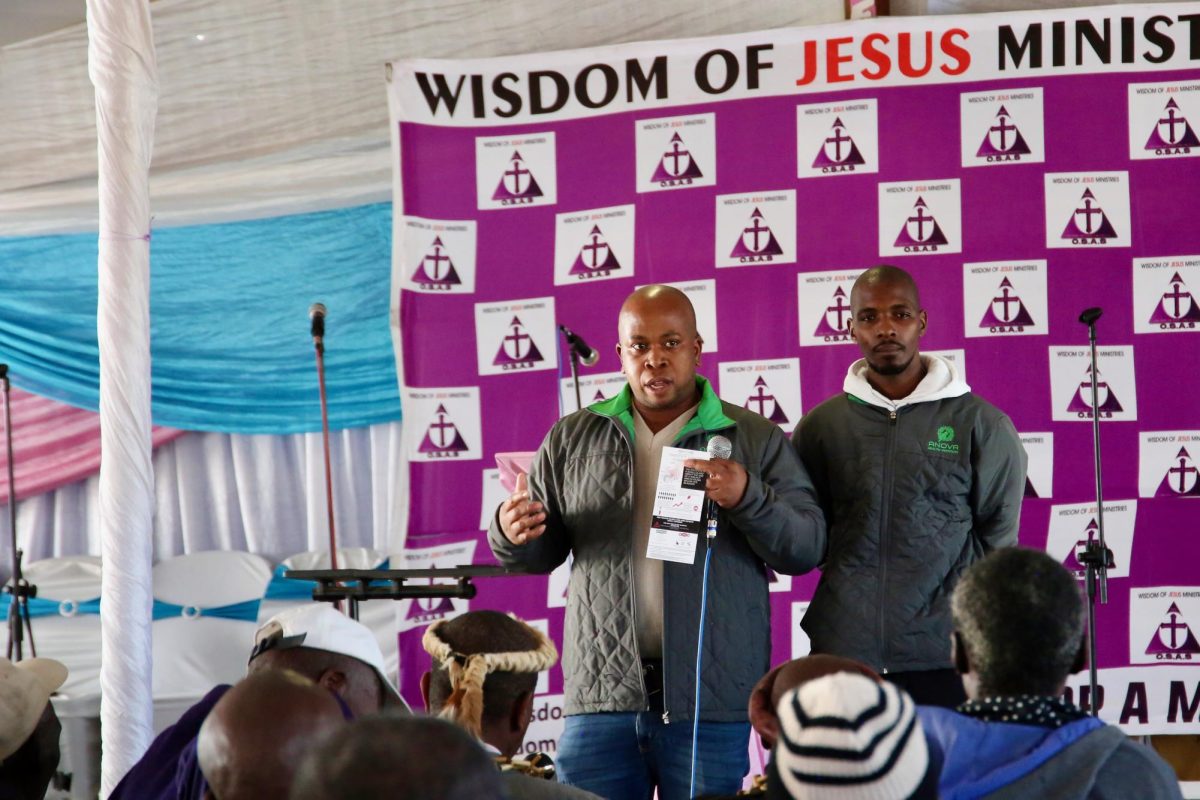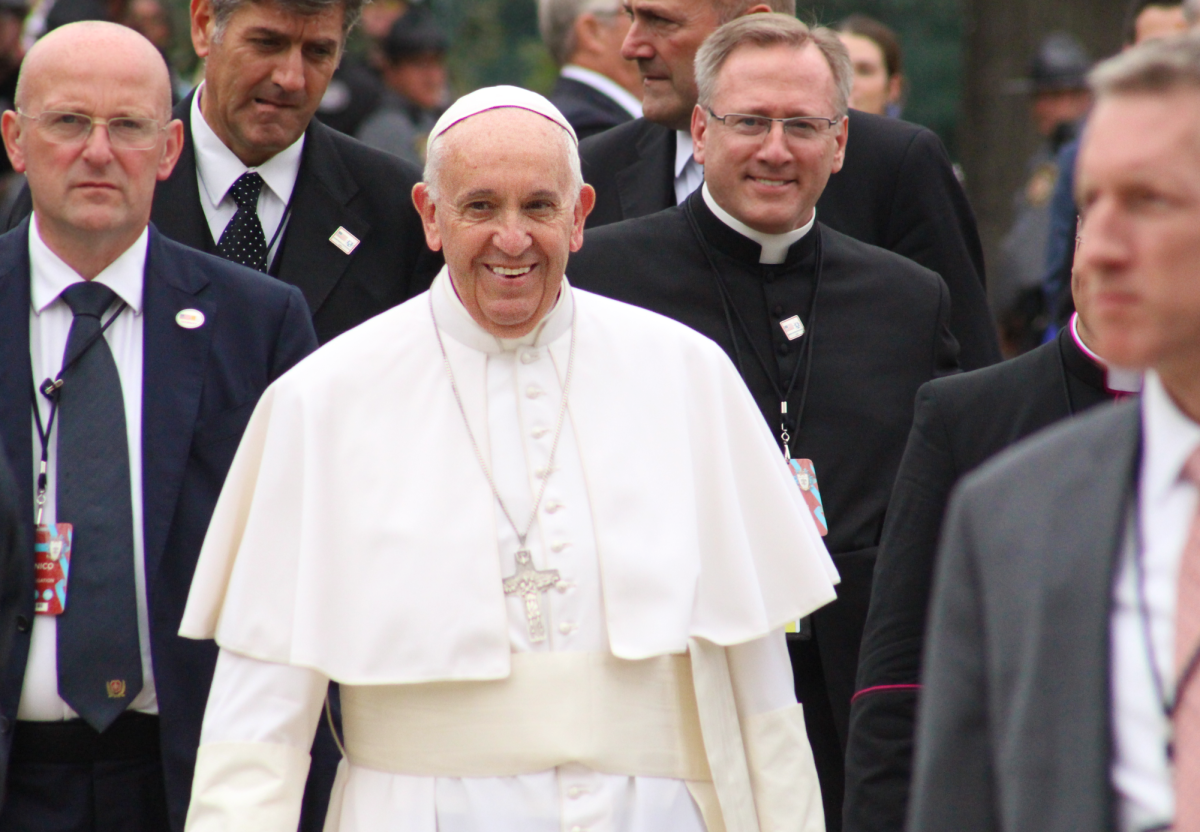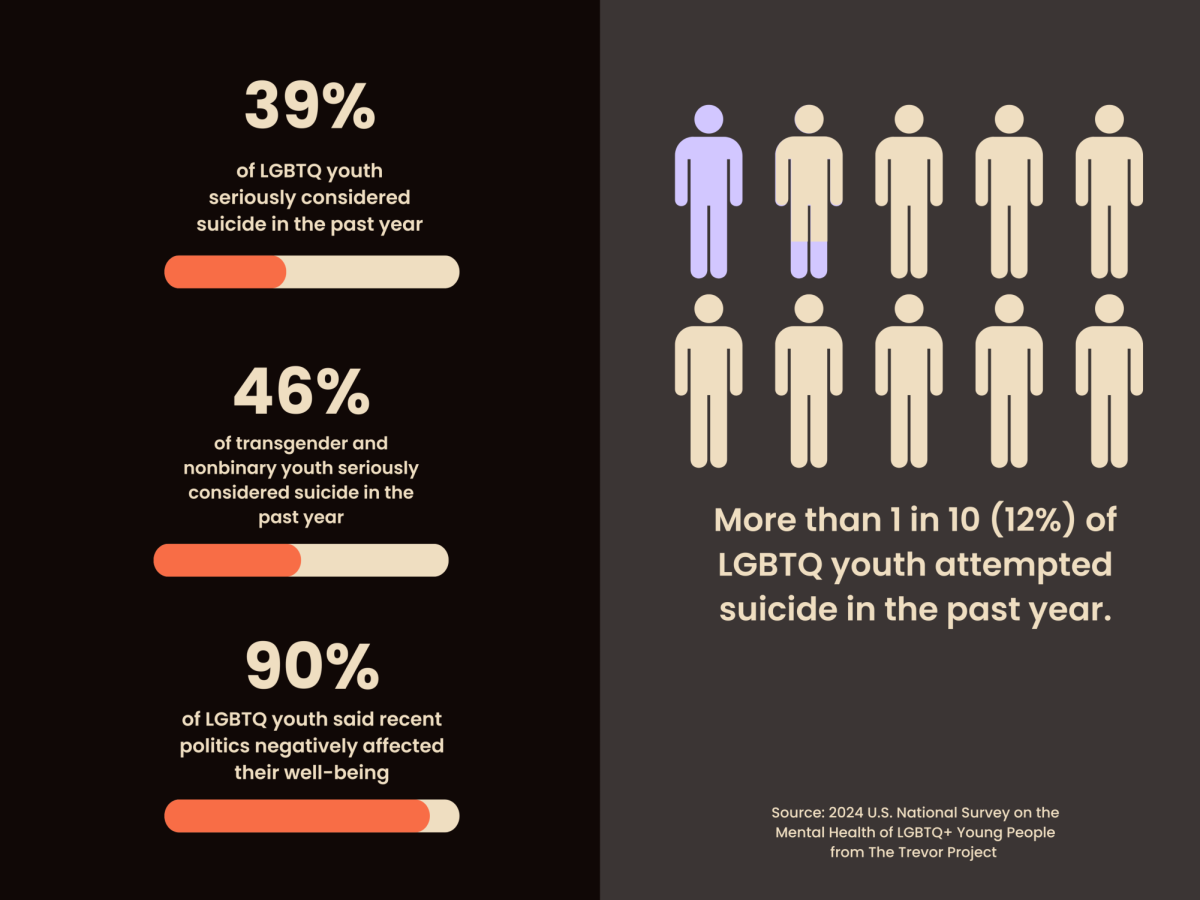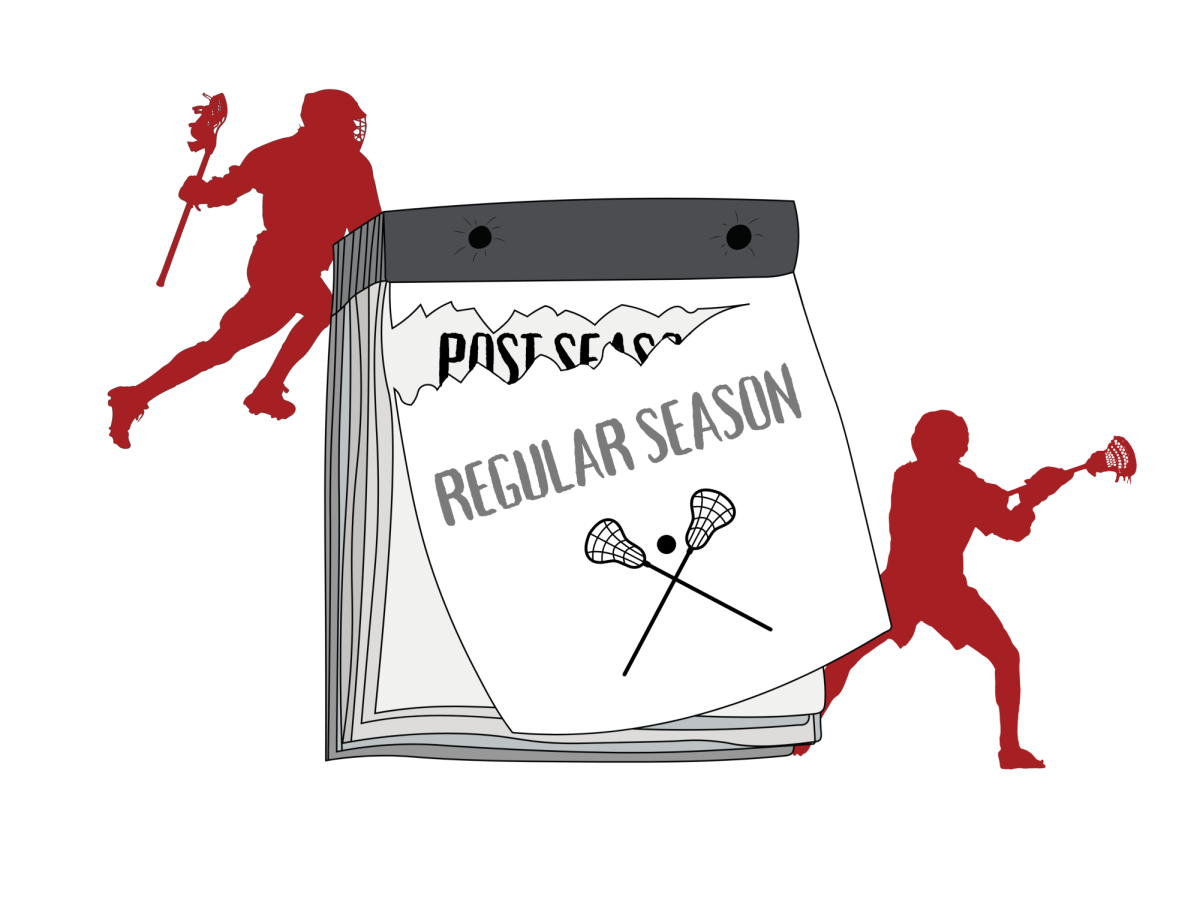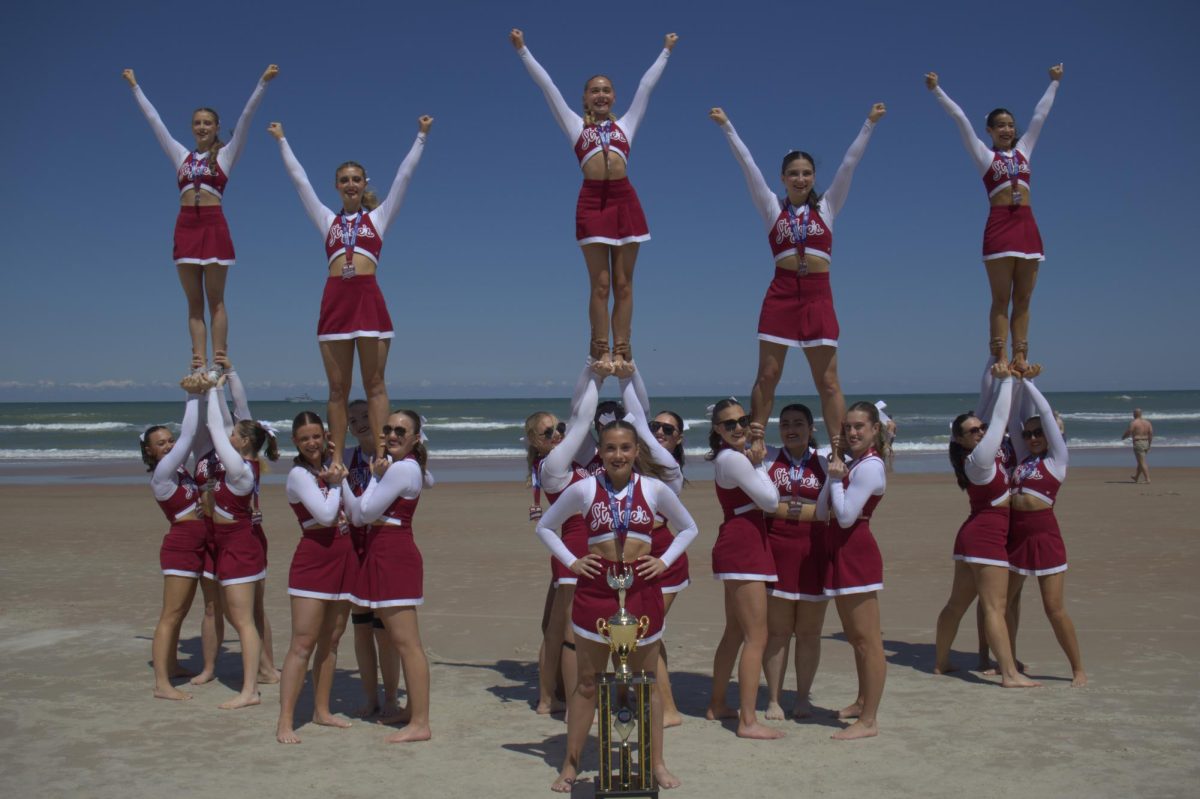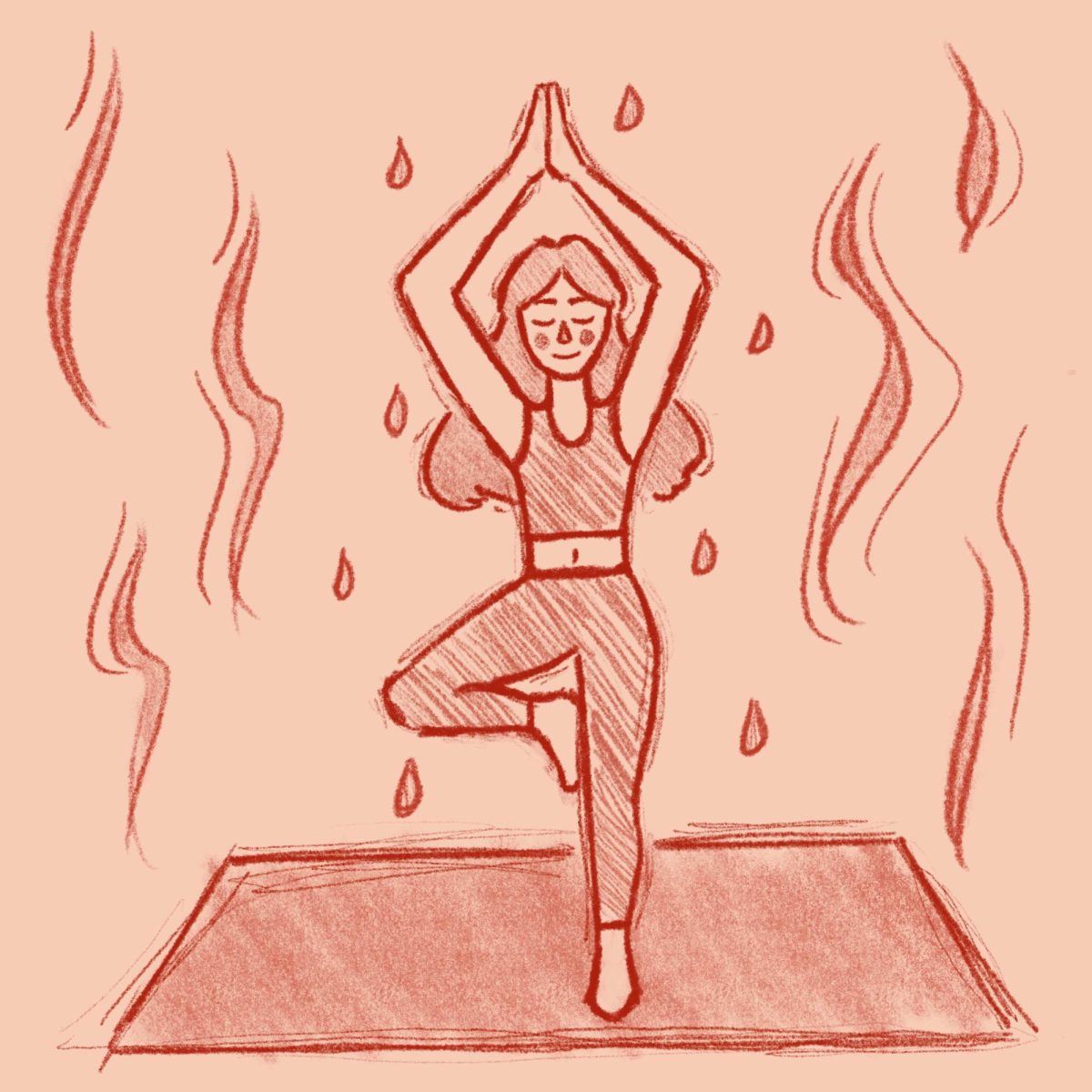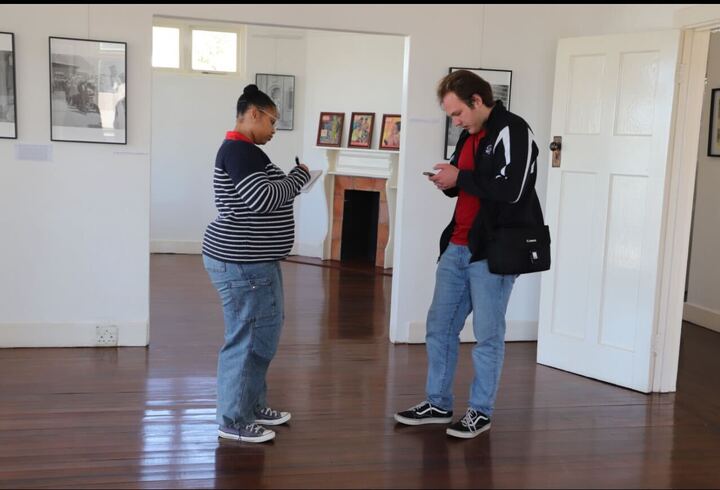An odyssey through college football’s unique environments
St. Joe’s parents weekend is unique in the sense that it doesn’t have the anchoring event that is common at larger schools: a home football game. But in honor of St. Joe’s not fielding a football team in nearly 90 years, we’re going on a cross-country road trip to some of college football’s iconic and unique environments. Let’s rock.
Pennsylvania State University
University Park, Pennsylvania
Beaver Stadium. Capacity: 106,572
For our first stop, we venture three hours from St. Joe’s campus into Sheetz territory. Beaver Stadium is the second largest stadium in the Western Hemisphere and fourth largest in the world. You probably know about the White Out tradition and tailgates at Nittanyville. What you might not know is that Beaver Stadium’s highest recorded decibel level is 122. That’s the same volume as the world’s loudest wireless speaker.
University of Iowa
Iowa City, Iowa
Kinnick Stadium. Capacity: 69,250
In the midst of cornfields and more cornfields lies Penn State’s Week 6 opponent, the University of Iowa and Kinnick Stadium. Since 2008, the Hawkeyes boast a 5-1 record at Kinnick against teams ranked in the AP Top 10. Before each game, the Hawkeyes, clad in their signature black tops and yellow pants, exit the locker room to AC/DC’s “Back in Black” before running onto the field to Metallica’s “Enter Sandman.” Pretty intimidating. Yet at the end of each first quarter, the Hawkeye players, coaches and fans remove themselves from the intensity of the game and wave to the patients at the University of Iowa Children’s Hospital, which overlooks Kinnick Stadium. Go to YouTube and search “Kinnick Wave.”
Virginia Polytechnic Institute
Blacksburg, Virginia
Lane Stadium. Capacity: 65,632
Enter Sandman and Iowa? Not so fast, my friend (shoutout Lee Corso). The award for ‘best entrance to Enter Sandman’ unequivocally belongs to Virginia Tech. On Sept. 3 in the team’s opening game against the University of North Carolina Chapel Hill, the fans in Lane Stadium rocked out so hard to the Hokies’ entrance that the vibrations from the noise and the crowd jumping registered on a seismograph.
Brigham Young University
Provo, Utah.
LaVell Edwards Stadium
Capacity: 63,470
BYU students’ enthusiasm creates a challenging environment for their opponents. The Roar of Cougars student section is known for camping out for days before games to secure seats. BYU has already defeated two Top 25 opponents at home this season and has won its last 12 home contests. However, the primary reason that BYU cracks this list is because Cosmo the Cougar can dance. If you don’t believe me, look it up.
University of Washington
Seattle, Washington
Alaska Airlines Field at Husky Stadium
Capacity: 70,083
Our final stop takes us to the Pacific Northwest and the University of Washington, also known as “U Dub.” Washington boasts one of the more adorable mascots in college football, a 75-pound Alaskan Malamute named ‘Dubs II.’ Dubs II typically runs out of the tunnel with the team and after he fulfills this role, he can be found watching the game in the sunshine. Not a bad gig. Husky Stadium holds the record for the loudest recorded moment at a college football game at 133.6 decibels. The stadium’s unique architecture contributes to the noise level.



